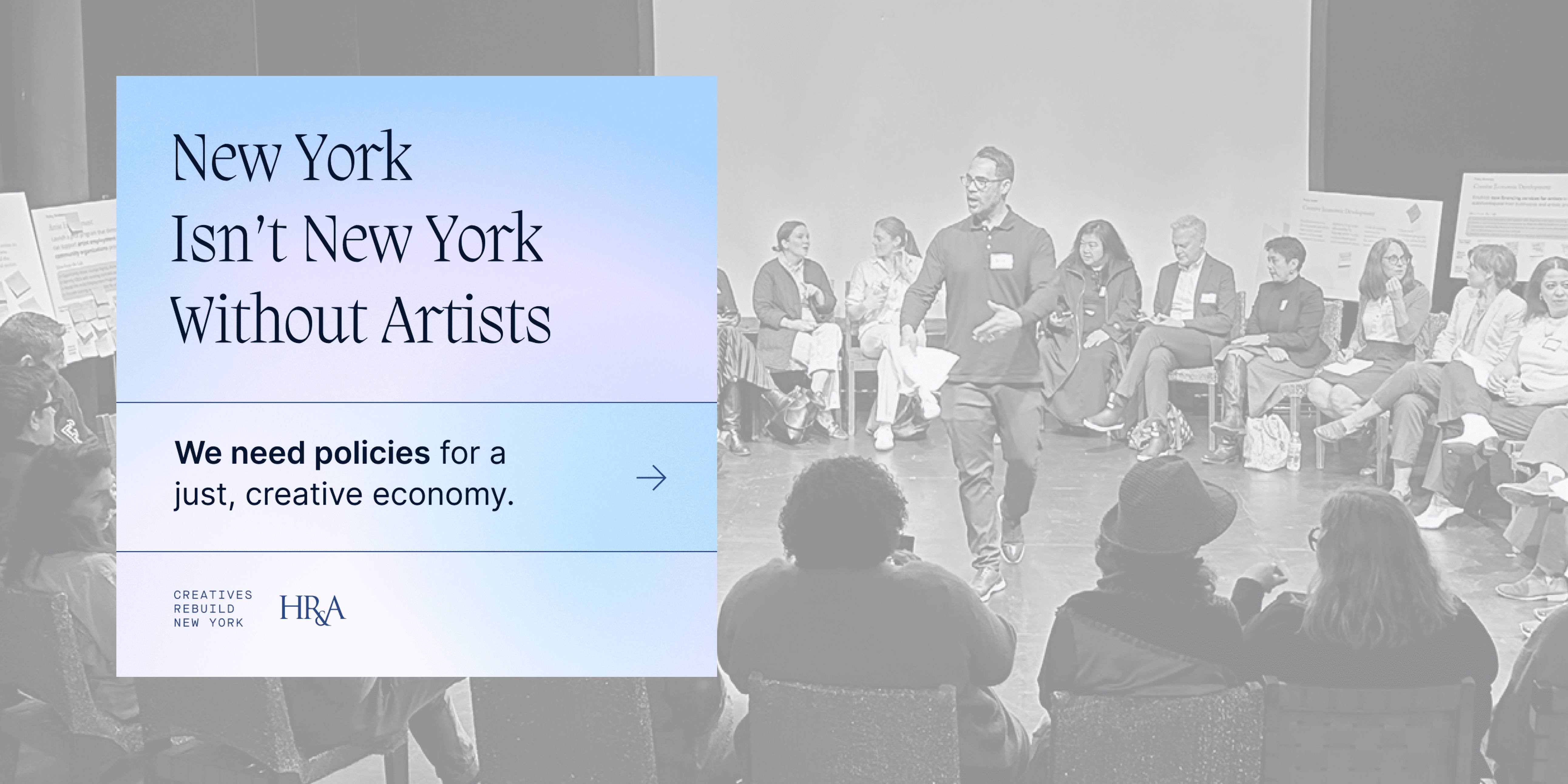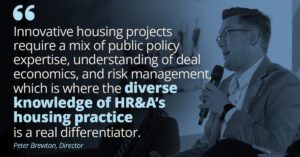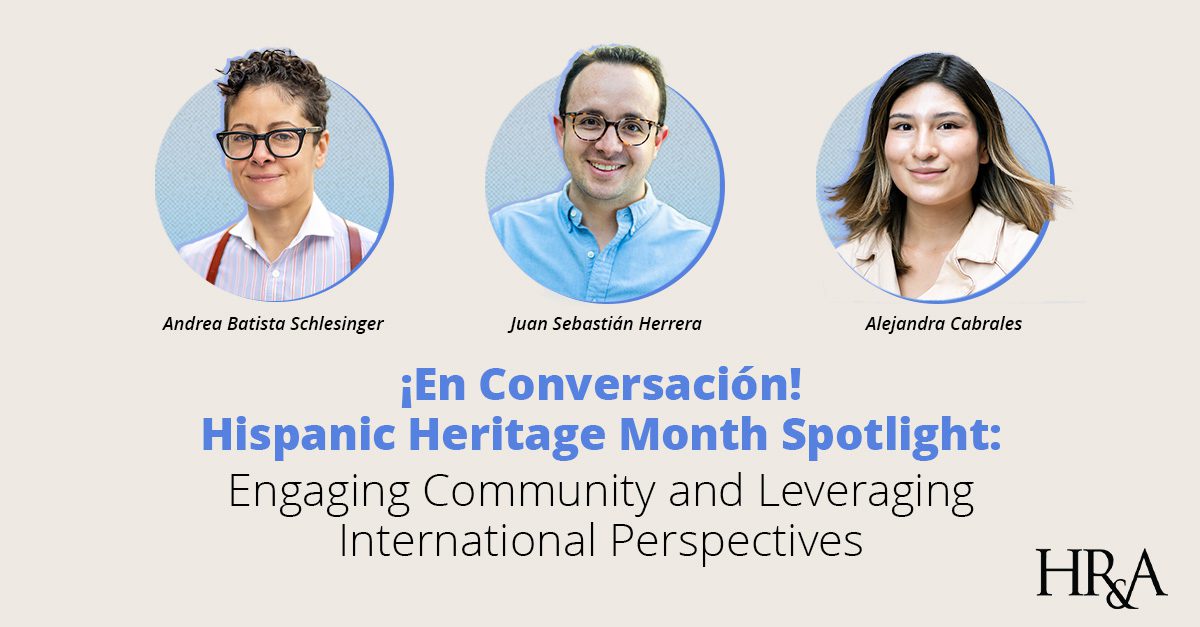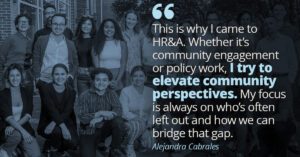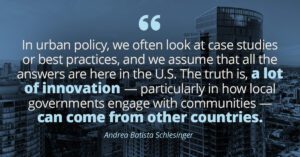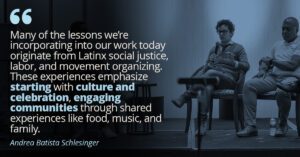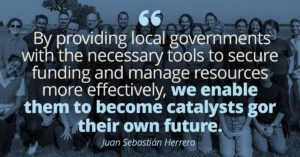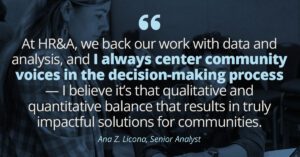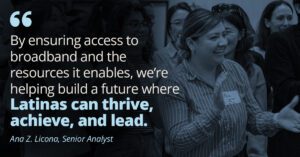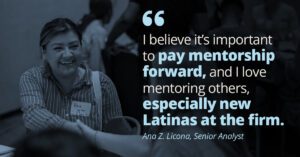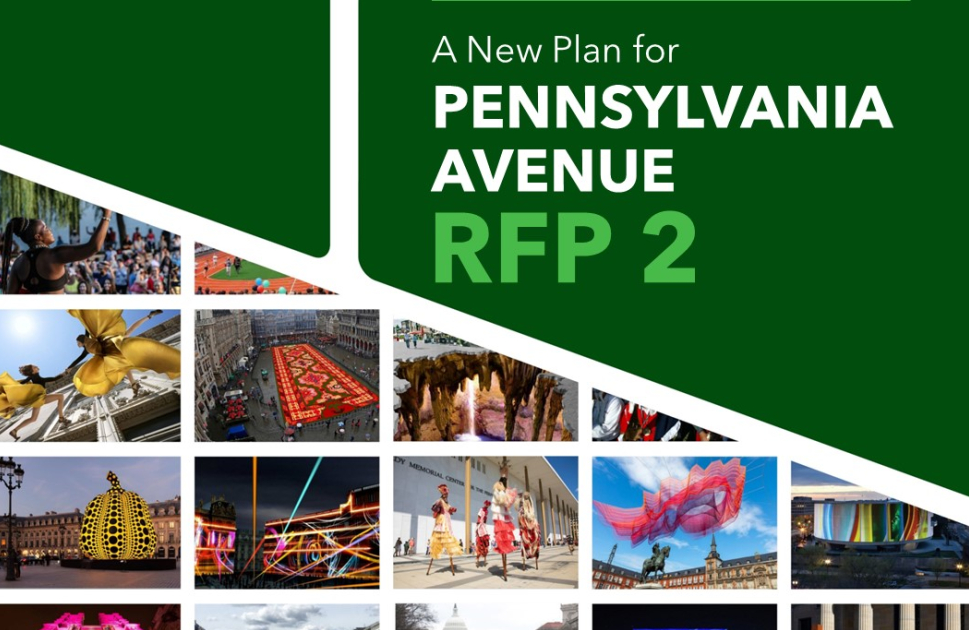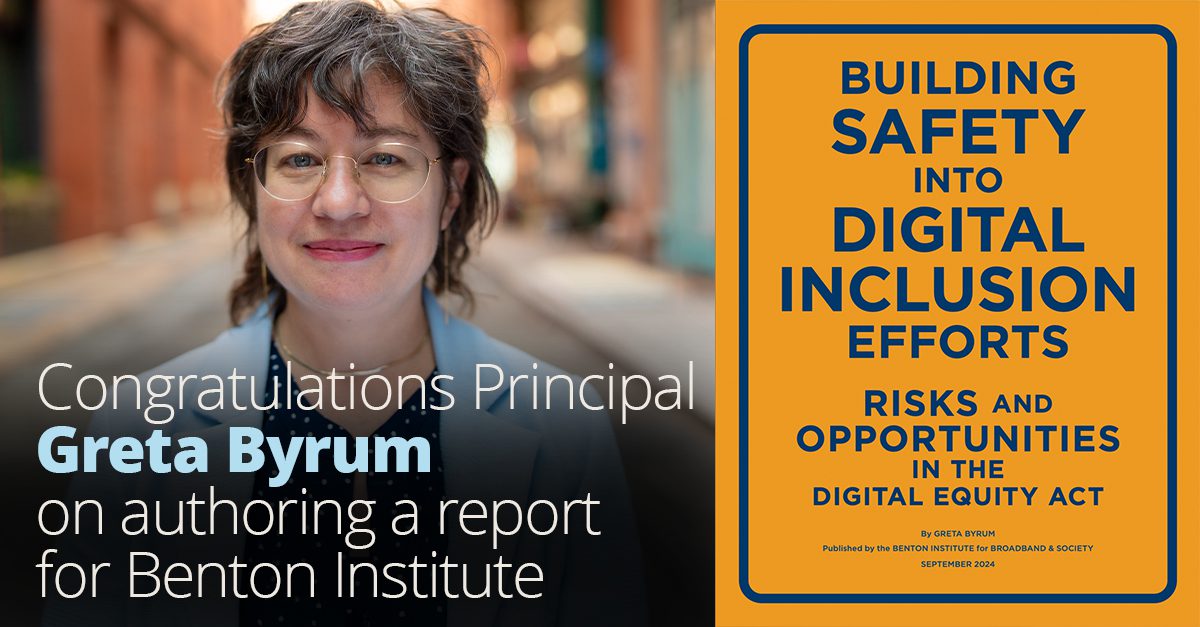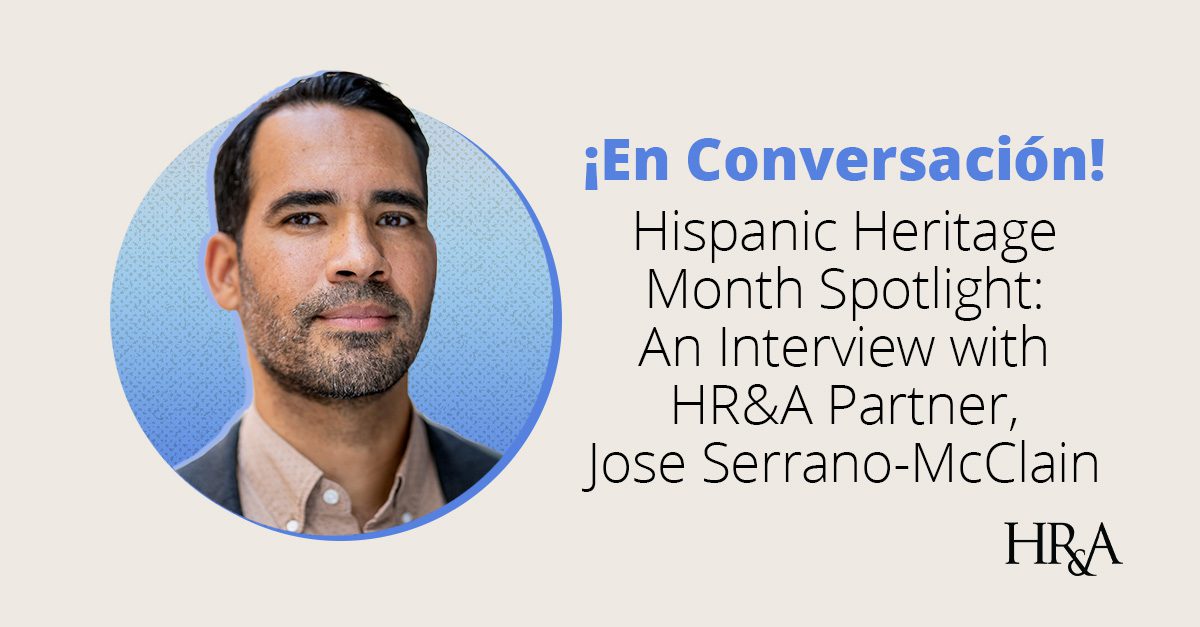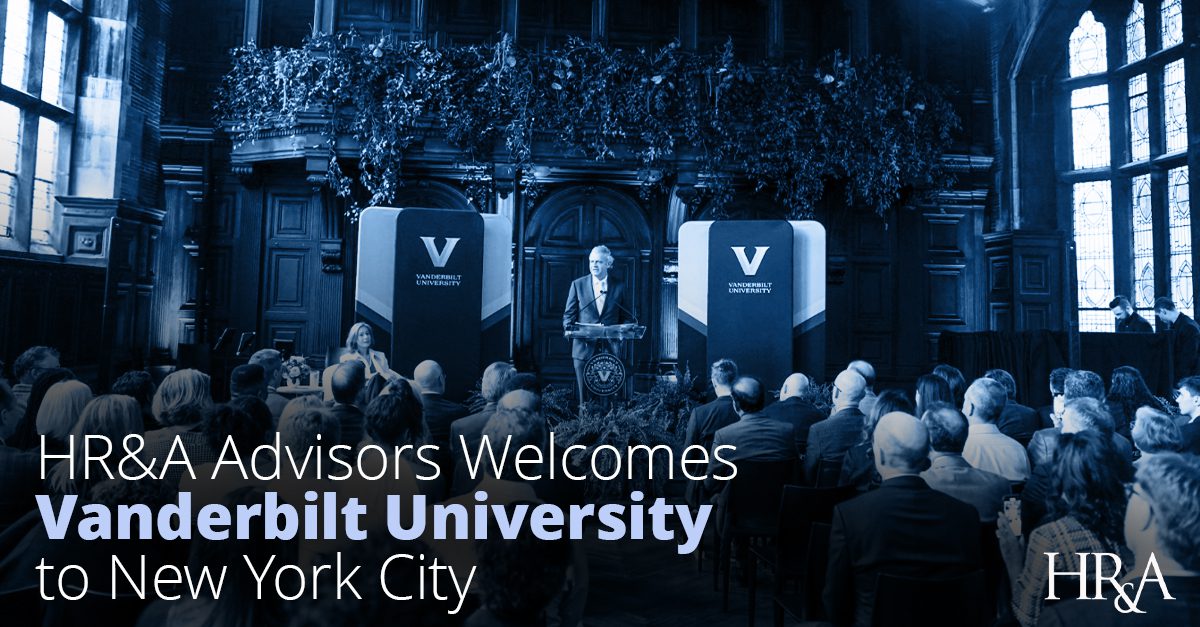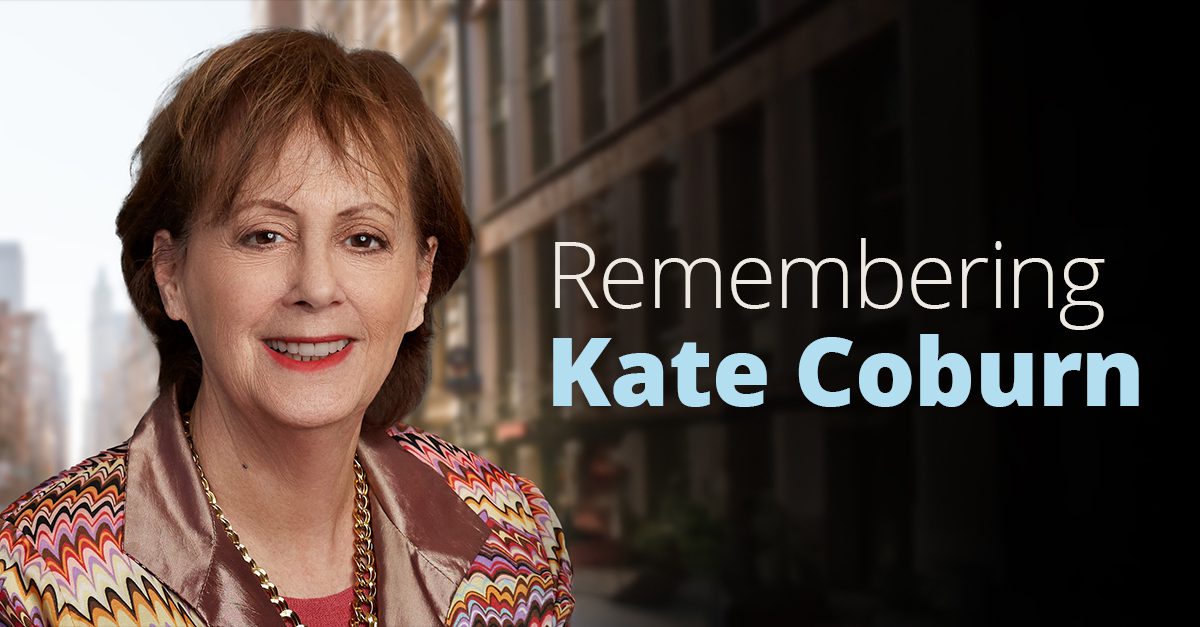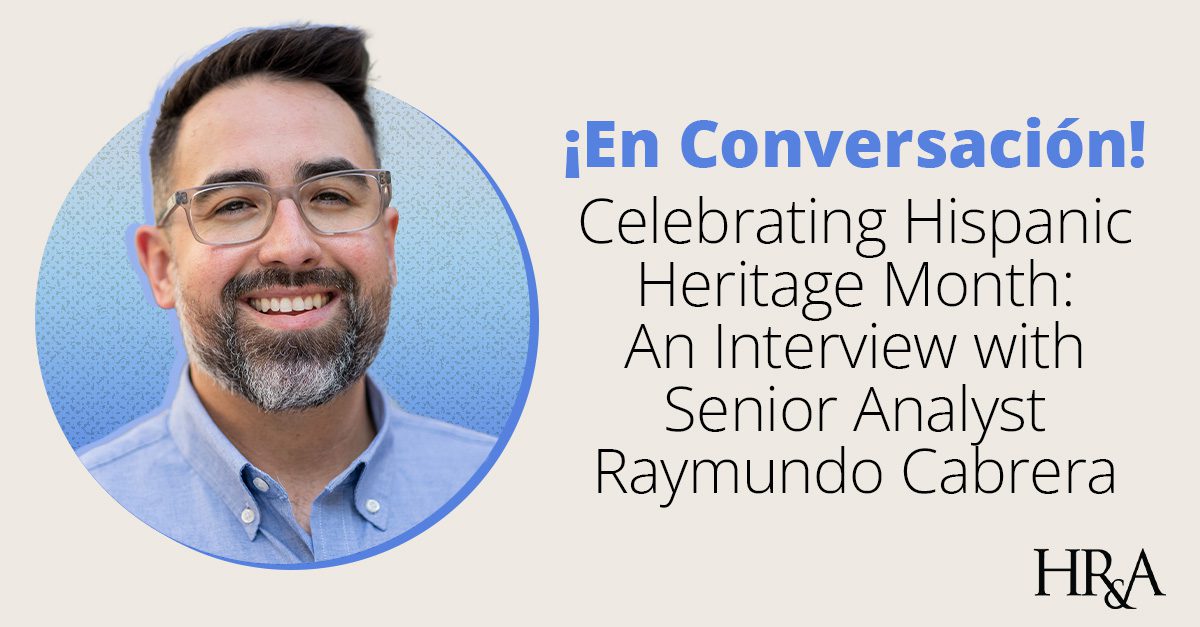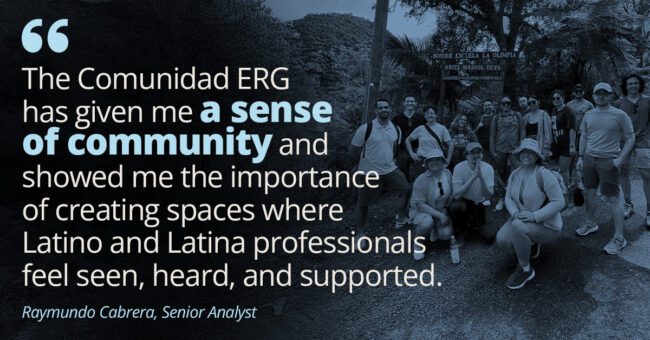This press release was originally issued by Creatives Rebuild New York.
October 17, 2024 – New York, NY — Today, Creatives Rebuild New York (CRNY), an organization dedicated to improving the lives and livelihoods of artists, released a detailed plan outlining steps New York State and local governments can take to implement policies geared toward supporting artists and creative workers in New York. New York’s cultural sector accounts for nearly $144 billion in economic activity and is powered by 450,000 jobs.
New York Isn’t New York Without Artists is a policy playbook commissioned by CRNY and authored by HR&A Advisors following a year-long process of engaging policymakers, artists, and organizers across New York State. It is intended to be a long-term, step-by-step program for lawmakers at all levels of government to reference as they enact policies that empower artists, a labor force integral to the state’s economy but one that is often on the edge of hardship and economic uncertainty. Artists and creative workers require additional resources and labor protections to continue working and serving communities statewide, and improved policy can help to improve conditions for all workers in the state.
“The Playbook builds on our two funding programs – 18 months of guaranteed income and 2 years of employment and benefits for 2700 artists across the state – and kickstarts a larger movement that supports the contributions and dignity of artists for years to come,” said Sarah Calderón, Executive Director of CRNY. “Artists make New York. We urge policymakers to make New York work for artists by moving these policy recommendations forward.”
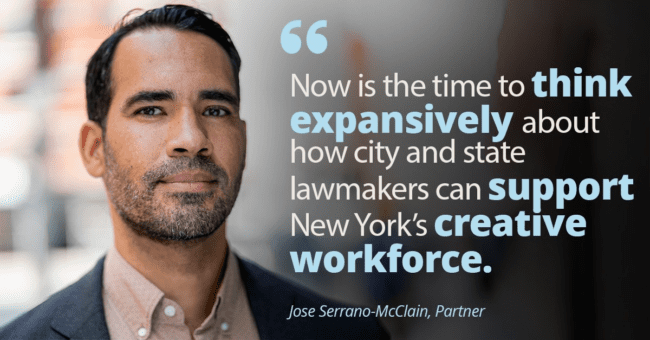
“This Playbook is a timely and actionable guide for policymakers and elected officials to create a more equitable and sustainable creative economy in New York State,” said José Serrano-McClain, Partner at HR&A Advisors. “Our recommendations span a range of policy areas—including housing and financial security, labor protections and job quality, workforce development, economic development, and arts and culture policies. Now is the time to think expansively about how city and state lawmakers can come together to support New York’s creative workforce.”
Some of the Playbook’s main recommendations for New York State include:
-
- Develop a statewide creative economy strategic plan. A starting point for enacting any of the policies in the Playbook, a strategic plan for New York’s creative economy would further articulate the goals, lines of accountability, funding sources, and tactics specific to all economic regions of the state.
- Establish a grant program to fund portable benefits and financial security tools for creative workers. Because many creative workers are freelancers, they don’t enjoy a wide range of important job benefits, like health insurance, unemployment insurance, paid sick and family leave, and retirement savings opportunities. Portable benefits platforms would ensure that artists and other non-traditional workers have access to the same basic benefits other workers do.
- Increase public funding for economic development projects that integrate arts and culture. Only a small fraction of economic development dollars are invested in local creative economies despite their enormous economic impact in the form of tourism, retail, and higher property values. By increasing the share that goes toward creative projects, New York stands to experience even greater windfalls while cementing its cultural vibrancy.
- Create a statewide guaranteed income program. Guaranteed income provides immediate relief, freedom, and autonomy to families experiencing poverty while avoiding costly and complex bureaucracy that inevitably prevents some people from accessing safety net benefits. This can benefit low-income creative workers and other low-income workers.
- Create artist employment programs to address environmental, health, and safety needs in communities. Drawing inspiration from previous federal programs like the Works Progress Administration (1935) and the Comprehensive Employment and Training Act (1973), artist employment programs provide artists with the opportunity to use their creative skills to serve their communities.
- Legislate prevailing wage standards for artists working on publicly funded arts and culture projects. Wage requirements are set for a host of industries that receive government contracts, but not for the arts and cultural sector. A prevailing wage standard would ensure artists are compensated fairly for their work, strengthening the creative workforce and overall labor movement in New York.
Photo: Creatives Rebuild New York
